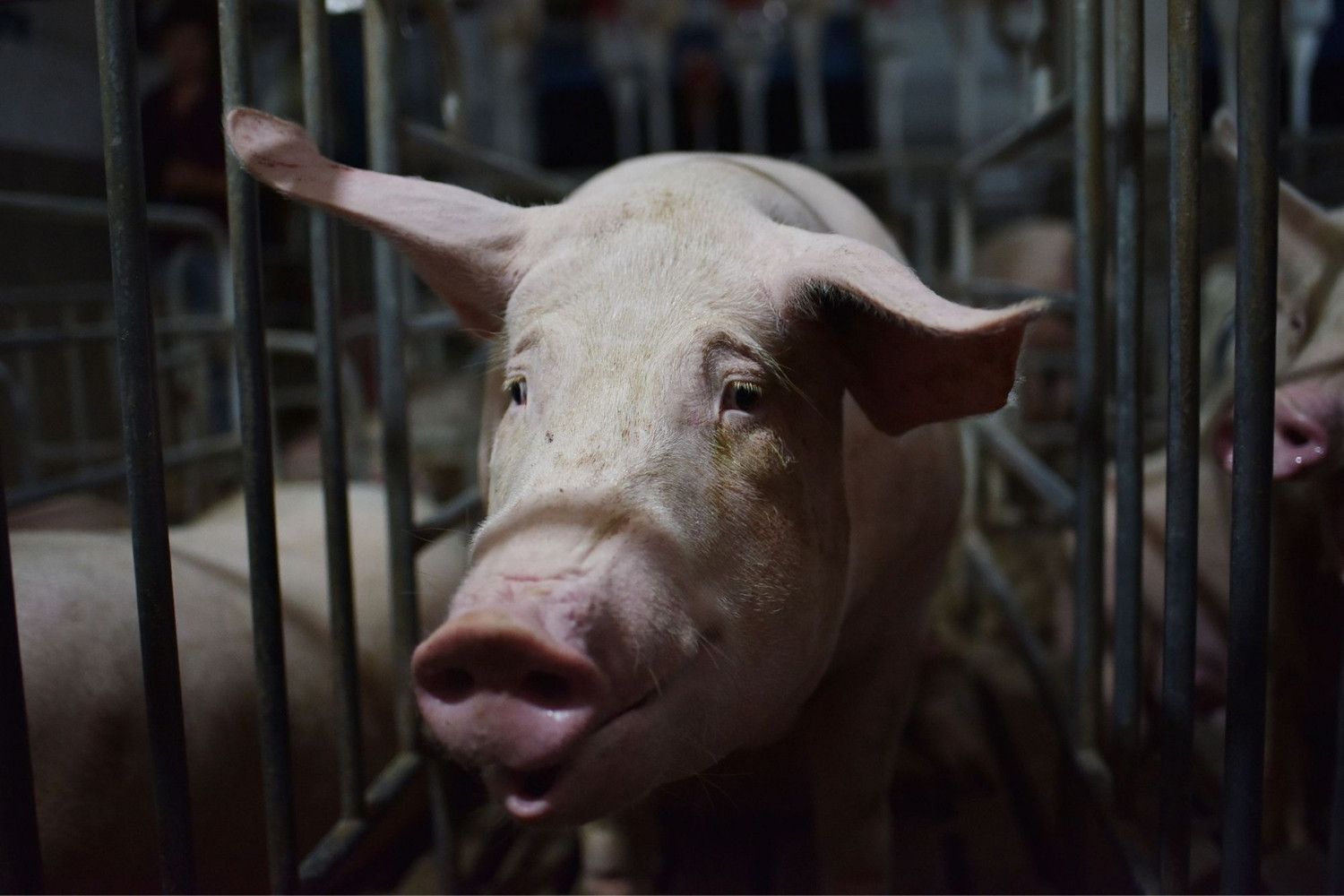
What was the Swine Flu pandemic? The Swine Flu pandemic, also known as the H1N1 pandemic, was a global outbreak of a new strain of influenza virus that emerged in 2009. This virus combined genes from human, swine, and avian flu viruses, making it unique and highly contagious. It spread rapidly across the globe, infecting millions and causing widespread concern. Unlike typical seasonal flu, H1N1 affected younger populations more severely. Governments and health organizations worldwide scrambled to develop vaccines and implement measures to control the spread. Understanding the Swine Flu pandemic helps us prepare for future outbreaks and highlights the importance of global health vigilance.
What is Swine Flu?
Swine flu, also known as H1N1, is a respiratory disease caused by influenza viruses that infect the respiratory tract of pigs. It can spread to humans and cause similar symptoms to the regular flu. Here are some fascinating facts about this pandemic.
- The H1N1 virus was first detected in April 2009 in Mexico and the United States.
- The World Health Organization (WHO) declared it a pandemic on June 11, 2009.
- The virus is a combination of genes from swine, avian, and human influenza viruses.
- It primarily spreads through respiratory droplets when an infected person coughs or sneezes.
- Symptoms include fever, cough, sore throat, body aches, headache, chills, and fatigue.
- Unlike the seasonal flu, H1N1 affected younger people more severely.
- The pandemic lasted until August 2010, when WHO declared it officially over.
Impact of the Swine Flu Pandemic
The H1N1 pandemic had a significant impact on global health and economies. Here are some key points highlighting its effects.
- The virus spread to over 214 countries and territories.
- WHO estimated that there were between 151,700 and 575,400 deaths worldwide.
- The United States reported over 60 million cases, with more than 12,000 deaths.
- The pandemic caused widespread panic and led to the implementation of various public health measures.
- Schools and public places were closed to prevent the spread of the virus.
- The economic impact was substantial, with billions of dollars spent on healthcare and preventive measures.
- Travel restrictions and quarantines were imposed in many countries.
Vaccination and Treatment
Vaccination played a crucial role in controlling the spread of H1N1. Let's look at some important facts about the vaccine and treatment options.
- The H1N1 vaccine was developed quickly and became available in October 2009.
- It was initially prioritized for high-risk groups, including pregnant women, healthcare workers, and people with chronic health conditions.
- The vaccine was made using the same technology as the seasonal flu vaccine.
- Antiviral medications like oseltamivir (Tamiflu) and zanamivir (Relenza) were effective in treating H1N1.
- Early treatment with antivirals was crucial for reducing the severity of the illness.
- Public health campaigns promoted vaccination and hygiene practices to prevent the spread of the virus.
Lessons Learned from the Swine Flu Pandemic
The H1N1 pandemic provided valuable lessons for future public health responses. Here are some key takeaways.
- The importance of global surveillance and rapid detection of new viruses was highlighted.
- Collaboration between countries and international organizations was crucial for an effective response.
- The pandemic underscored the need for robust healthcare systems and preparedness plans.
- Public communication and transparency were essential for managing public fear and misinformation.
- The development and distribution of vaccines need to be swift and efficient.
- The pandemic emphasized the importance of personal hygiene practices, such as handwashing and wearing masks.
- It also highlighted the need for ongoing research and investment in antiviral drugs and vaccines.
Interesting Facts About Swine Flu
Here are some lesser-known facts about the H1N1 pandemic that might surprise you.
- The name "swine flu" caused confusion and led to a decline in pork consumption, despite the virus not being spread through eating pork.
- Some people who were exposed to the 1918 Spanish flu had partial immunity to H1N1 due to similarities between the viruses.
Final Thoughts on Swine Flu
Swine flu, or H1N1, shook the world in 2009. It spread quickly, affecting millions. Unlike seasonal flu, it hit younger people harder. Vaccines were developed fast, helping to control the outbreak. Governments and health organizations worked together to manage the crisis. Lessons learned from swine flu improved responses to future pandemics, like COVID-19. Awareness and preparedness are key in fighting such diseases. The swine flu pandemic reminded us of the importance of global cooperation in health matters. Staying informed and following health guidelines can save lives. Swine flu may be behind us, but its impact on public health strategies remains significant. Understanding past pandemics helps us better face future challenges. Stay vigilant, stay healthy.
Was this page helpful?
Our commitment to delivering trustworthy and engaging content is at the heart of what we do. Each fact on our site is contributed by real users like you, bringing a wealth of diverse insights and information. To ensure the highest standards of accuracy and reliability, our dedicated editors meticulously review each submission. This process guarantees that the facts we share are not only fascinating but also credible. Trust in our commitment to quality and authenticity as you explore and learn with us.
